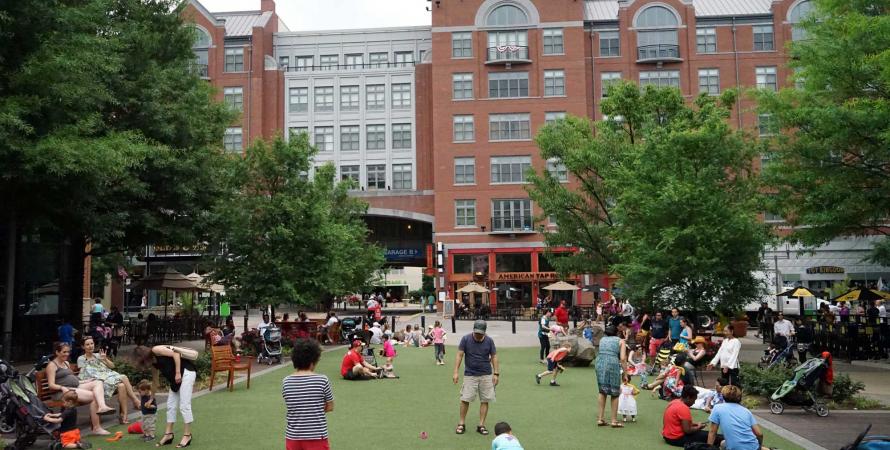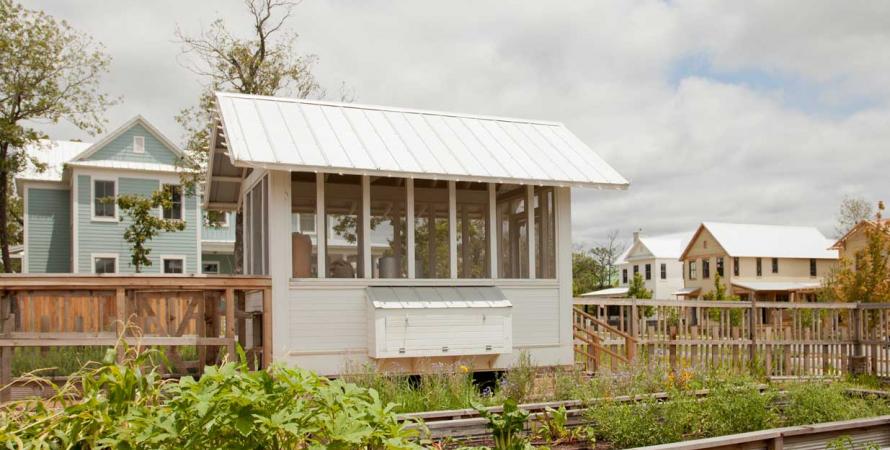-

Mixed-use suburban retrofit in Rockville
Rockville Town Square combines transit and placemaking in a mixed-use retrofit.In a “misguided attempt at renewal,” wrote The Washington Post , Rockville Maryland “allowed a fortress-like mall to be built in the 1970s.” That project damaged Rockville’s downtown economically and socially for three decades, until the city and county teamed with a developer to build Rockville...Read more -

Starchitecture skyline
You can't make a decent city solely with the kinds of buildings designed by today's big-name architects."I think every city is allowed one Frank Gehry building, but could you imagine an entire city made out of Frank Gehry buildings?" says John Torti of Torti Gallas + Partners. The image above, of "starchitect" buildings assembled in a poster by starchitect Rem Koolhaas , is one way of imagining such...Read more -

Are street trees the key to better cycle tracks?
Research shows that bicyclists prefer street trees, especially between the bicycle lanes and traffic.City streets and sidewalks in the United States have been engineered for decades to keep vehicle occupants and pedestrians safe. If streets include trees at all, they might be planted in small sidewalk pits, where, if constrained and with little water, they live only three to 10 years on average ...Read more -

My career sowing seeds of better design
Here are roles and strategies that I have experienced to help many others to heal a damaged built environment.If you want to have the most sustainable healing impact on our damaged built environment, the architectural ideal of the lone genius isn’t the best way to go about it. If you have a choice between becoming that lone creative genius yourself and helping many others do better work, then by all means...Read more